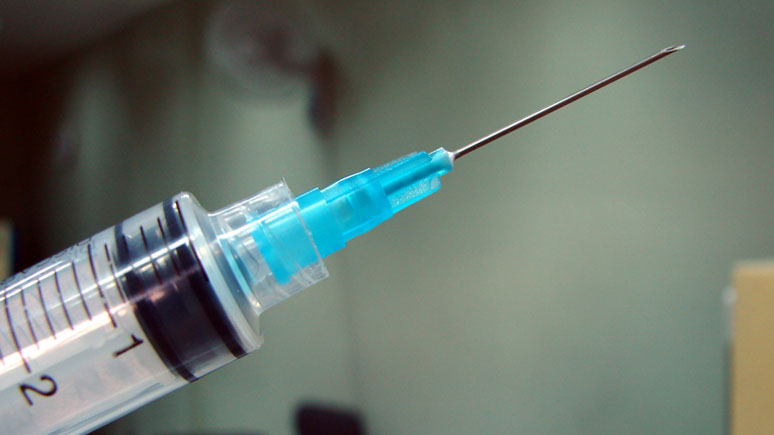BY DR. KHOOBSURAT NAJMA
Myth: HIV and AIDS are only caused through sex
Fact: HIV can be transmitted through unsafe and unhygienic usage of needles. This can occur in hospitals, tattoo parlors and in people taking intravenous drugs. Also, breast milk from an HIV infected mother can cause HIV in the new born. Very rarely, HIV can also spread through deep kissing if either of the persons are HIV+ and have bleeding gums.
Myth: HIV is the same as AIDS
Fact: HIV and AIDS are two different things. An HIV-infected person is said to have an AIDS diagnosis when HIV has weakened their immune system to the extent that they either have, or are at unusually high risk of getting, certain diseases that are uncommon in persons with a healthy immune system. It is important to know that not all HIV-infect people develop AIDS. Effective HIV treatment can often slow or stop the progression of HIV disease and keep a person from developing AIDS.
Myth: Living around HIV positive people can be very dangerous
Fact: You can only get HIV if you are exposed to blood, semen, vaginal fluid, or mother’s milk from an HIV-infected person. There is no record of HIV transmission through tears or saliva. So if you are around people infected with HIV, there is no danger of becoming infected with the virus by breathing the same air as them, eating food handled, prepared, or served by them, sharing toilets, phones, or clothing with them, sharing utensils with them or touching, hugging or kissing them.
Myth: One can get HIV from mosquito bites
Fact: Although HIV can be spread through blood, there is no evidence that mosquito bites can transmit HIV, even in areas where there are many HIV-infected persons and lots of mosquitoes. In fact, when mosquitoes bite, they don’t inject the blood of the person or animal they have last bitten.
Myth: One can’t get HIV from oral sex
Fact: Oral sex is less risky than some other types of sex, but you can still get HIV by having oral sex with either a man or a woman who is infected with HIV. The risk of infection from a single encounter is small, but it increases with frequency of activity. Your risk of getting infected is also higher if there are open sores on the genitals and/or mouth, significant gum disease or bleeding, or direct contact between semen and breaks in the skin or surface of the mouth. The use of a latex barrier during oral sex can reduce the risk of HIV infection.
